Ad
Ad
ICRA Estimates 1.1 Million Old Commercial Vehicles in India Ready for Scrappage
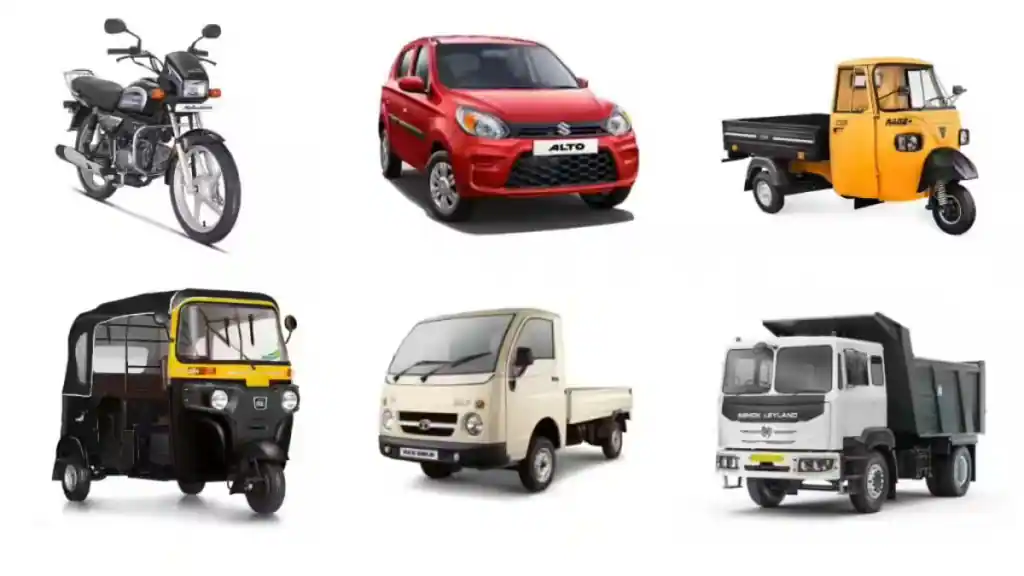
Key Highlights:
- ICRA estimates 1.1 million M&HCVs over 15 years old are potential for scrappage by March 2024.
- An extra 5.7 lakh vehicles will reach 15 years by FY2026, boosting replacement demand.
- The Vehicle Scrappage Policy aims to cut pollution, modernize fleets, and reduce raw material costs.
- Implementation faces challenges like limited facilities, low awareness, and few incentives.
- India has 117 scrappage facilities, with more planned in the future.
ICRA predicts that the population of medium and heavy commercial vehicles (M&HCVs) older than 15 years will be roughly 1.1 million units as of March 31, 2024, representing a considerable scrappage opportunity.
However, considering the nature of such vehicle usage, the actual scrappage rate may be lower. Nonetheless, even if some of these vehicles are scrapped, it can help vehicle sales by increasing replacement demand.
Moreover, with over 9 lakh government vehicles expected to be scrapped in the first phase, this creates a strong demand for vehicle replacements in the automotive sector. ICRA estimates that around 5.7 lakh additional vehicles will surpass the 15-year age limit in the next two fiscal years (FY2025 and FY2026).
However, scrappage potential in other vehicle segments is limited, as two-wheelers, passenger vehicles, and light commercial vehicles (LCVs) are generally not used beyond 15 years. By August 31, 2024, registered vehicle scrapping facilities (RVSFs) had received only 44,803 private scrap applications and 41,432 government scrap applications (including defence and impound vehicles).
The Voluntary Vehicle Fleet Modernisation Programme, often known as the Scrappage Policy, was announced in India in March 2021 and is being implemented in phases beginning April 1, 2023. While the first phase of the strategy promoted mandatory scrapping of Government vehicles older than 15 years, the second phase, which began on June 1, 2024, demands scrapping based on vehicle fitness rather than age, and so is more voluntary in nature.
According to Kinjal Shah, Senior Vice President and Co-Group Head - Corporate Ratings at ICRA, "The Vehicle Scrappage Policy has the potential to generate multiple benefits in the long run. While it will help to reduce air pollution by scrapping older polluting vehicles, it will also promote fleet modernisation initiatives, which will boost auto sector volumes. ICRA also expects a significant reduction in scrap imports and raw material costs for automotive original equipment manufacturers (OEMs) through metal recycling under the Scrappage Policy framework."
The implementation of the Vehicle Scrappage Policy has encountered several challenges, slowing its progress. Some of the key issues include a limited number of Registered Vehicle Scrapping Facilities (RVSFs), insufficient incentives, low awareness of the policy among private vehicle owners, and complications with the registration date criteria.
While countries in North America and Western Europe offer monetary compensation for scrapped vehicles, India's policy offers voluntary incentives like discounts, road tax rebates, and registration fee waivers, alongside mandatory measures such as fitness tests, green tax, and increased renewal fees for older vehicles.
By August 31, 2024, RVSFs received 44,803 private scrap applications and 41,432 government scrap applications (including defence and impound vehicles), according to Shah.
India currently has 117 RVSFs, and an additional 50 to 70 facilities are expected to open in the next four to five years. These centers are mostly located in metro and tier-1 cities, but as awareness of the policy grows and enforcement strengthens, more facilities will be established across the country.
Apart from the RVSFs set up by automobile manufacturers, unorganized scrapping centers across India will also contribute to the scrapping and recycling of end-of-life (ELV) vehicles.
Also Read: ICRA Reports Positive Outlook for Road Logistics as E-Commerce Demand Rises
CMV360 Says
The estimated scrappage of 1.1 million old commercial vehicles presents a chance to modernize fleets and reduce pollution. However, challenges like limited facilities, low awareness, and weak incentives slow progress. For the Vehicle Scrappage Policy to succeed, these issues must be addressed to boost vehicle replacement and meet its goals.
News
ElectriGo Launches Electric Bus Leasing in India, Partners with GEMS for 50 E-Buses
ElectriGo launches electric bus leasing platform and signs MoU with GEMS for 50 buses, boosting clean and cost-effective public transport adoption across India....
17-Dec-25 09:20 AM
Read Full NewsPM EDRIVE Delivers 1.13 Million EVs with Lower Subsidies, Shows Market Maturity
PM EDRIVE delivers 1.13 million electric vehicles with lower subsidies, showing India’s EV market maturity, rising adoption, regional trends, infrastructure push, and a s...
17-Dec-25 06:49 AM
Read Full NewsVolkswagen Starts E-Volksbus Electric Bus Deliveries in Brazil
Volkswagen begins delivering the e-Volksbus electric bus in Brazil, starting with São Paulo, offering 250 km range, high capacity, and full support for public transport o...
17-Dec-25 05:48 AM
Read Full NewsVolvo Adds 14-Tonne Variant to FL Electric Range with LFP Batteries
Volvo Trucks adds a 14-tonne FL Electric with LFP batteries, 200 km range, fast charging, and city-friendly design, strengthening its medium-duty electric truck lineup....
16-Dec-25 09:05 AM
Read Full NewsSwitch Mobility Tests Electric Double-Decker Buses on City Roads
Switch Mobility begins testing electric double-decker buses as MTC plans to reintroduce them under a pilot project with 20 e-buses, promoting clean urban transport....
15-Dec-25 09:35 AM
Read Full NewsCMV360 Weekly Wrap-Up | 8th–13th Dec 2025: CV & Tractor Sales Surge, EV Trucks & Electric Tractors Shine, EXCON 2025 Highlights, Three-Wheeler Growth & Kisan Mela Buzz
Weekly wrap-up highlights strong CV and tractor sales, EV momentum, major EXCON 2025 launches, rising rural demand, and India’s steady shift toward sustainable mobility a...
14-Dec-25 06:25 AM
Read Full NewsAd
Ad
Latest Articles
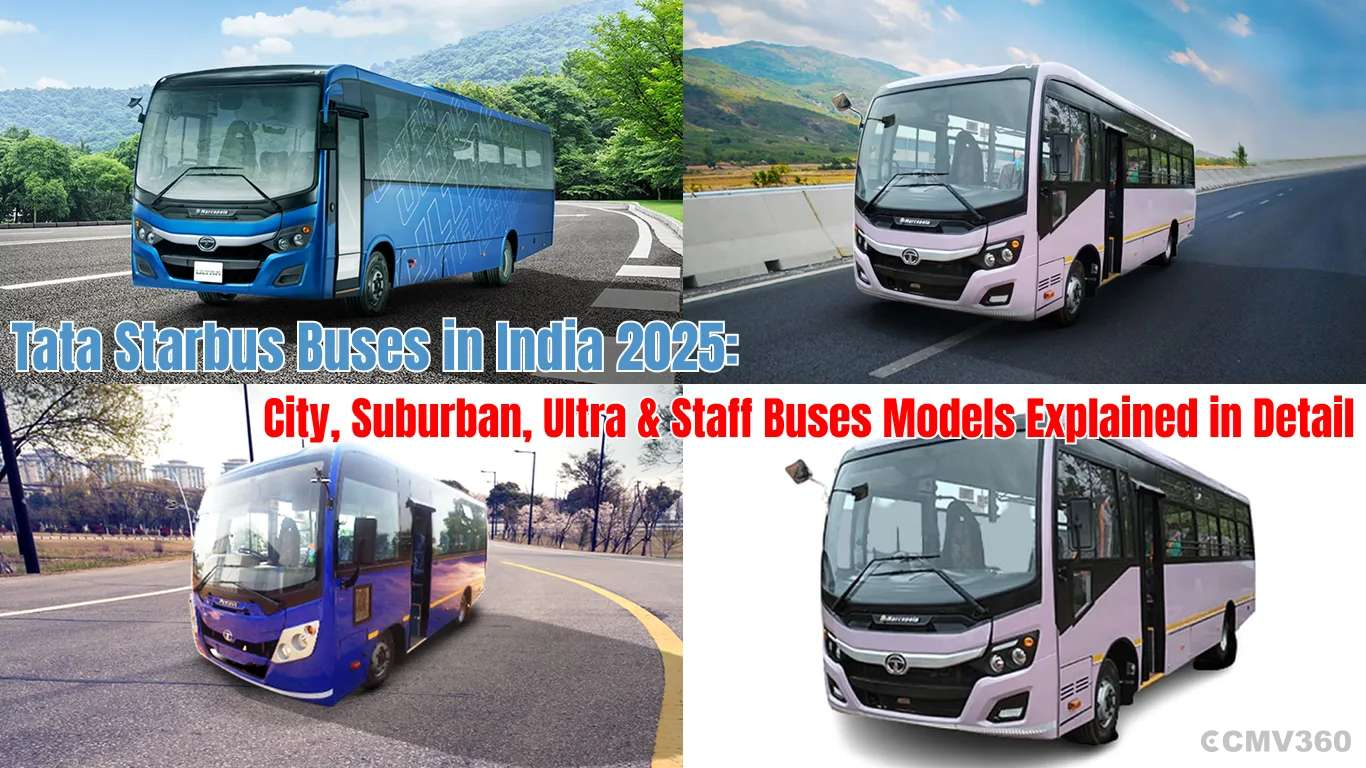
Tata Starbus Buses in India 2025: City, Suburban, Ultra & Staff Buses Models Explained in Detail
15-Dec-2025
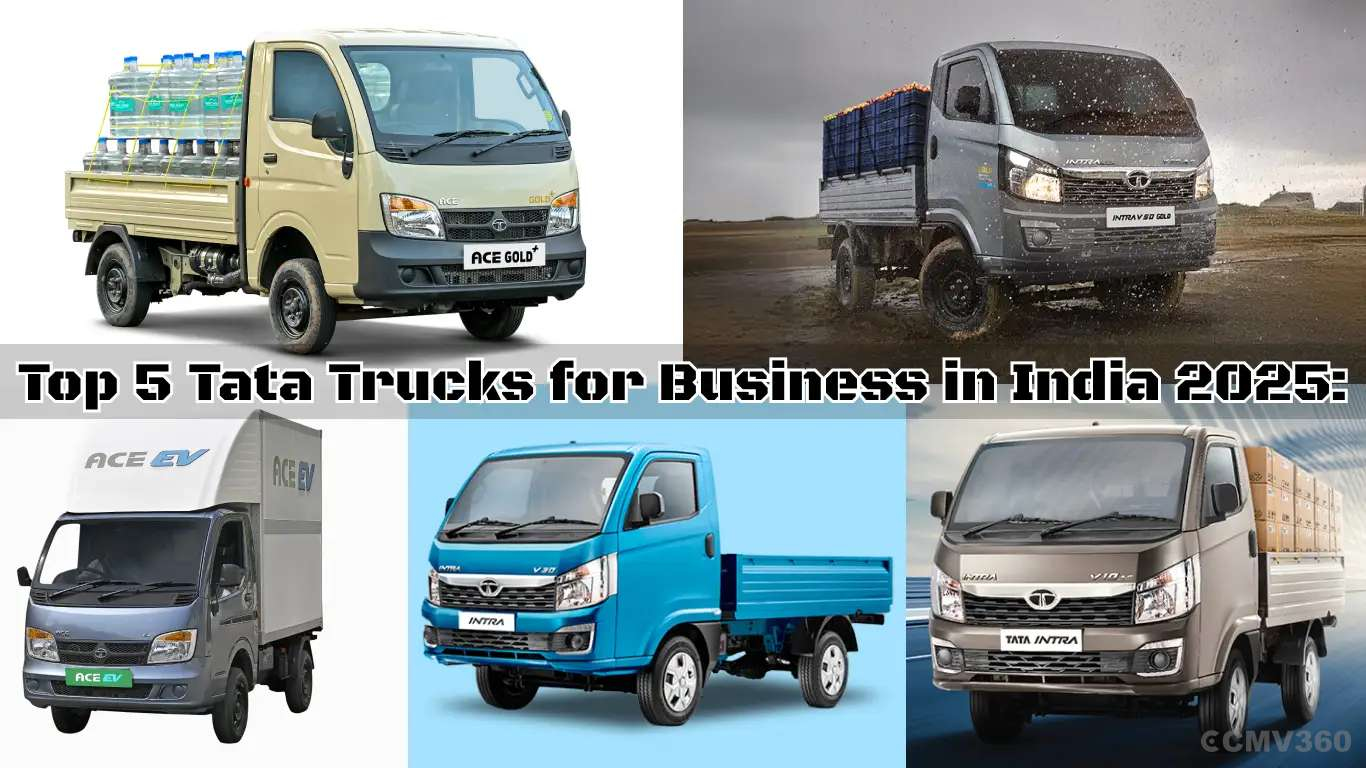
Top 5 Tata Trucks for Business in India 2025: Prices, Payload, Features, Full Details & Complete Buying Guide
11-Dec-2025
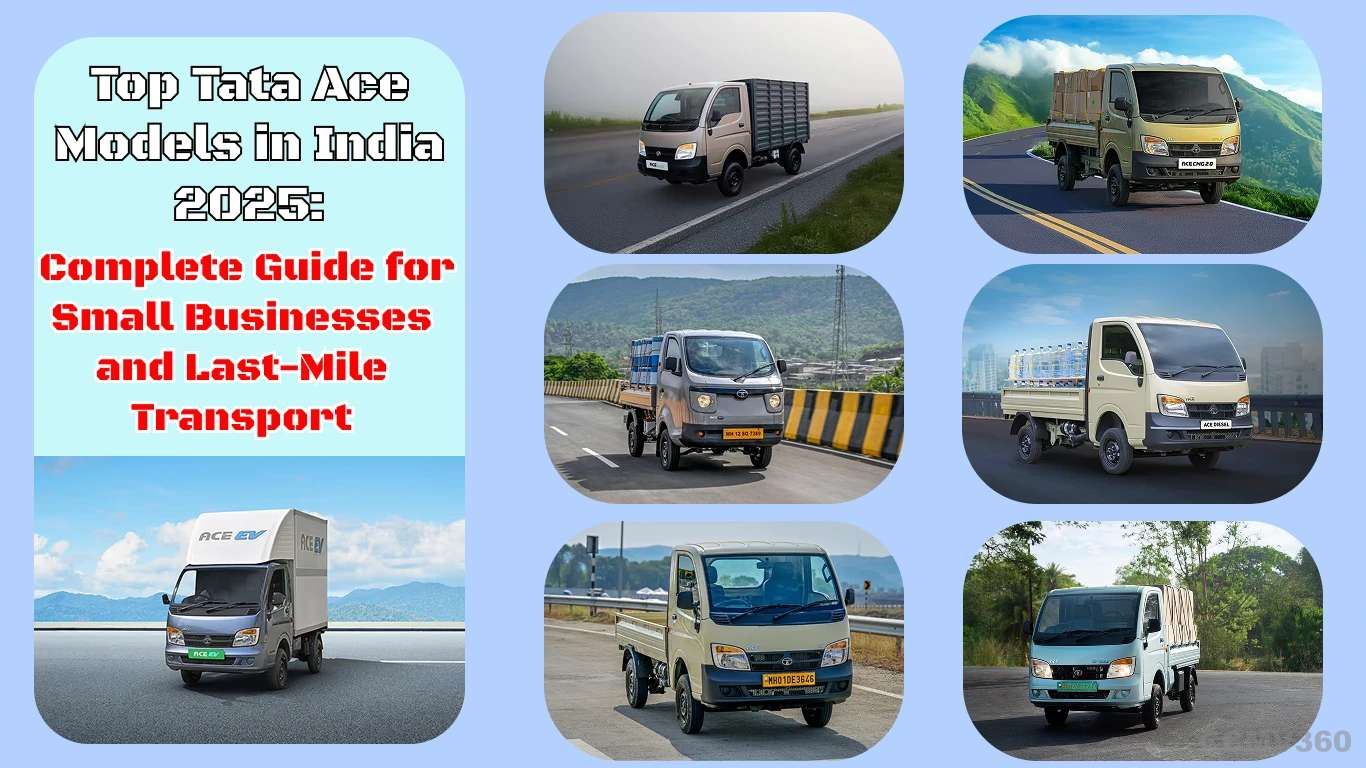
Top Tata Ace Models in India 2025: Complete Guide for Small Businesses and Last-Mile Transport
19-Nov-2025

Tata Ace Pro vs Tata Ace Gold: Which Mini Truck is Better for Your Business in 2025?
13-Nov-2025
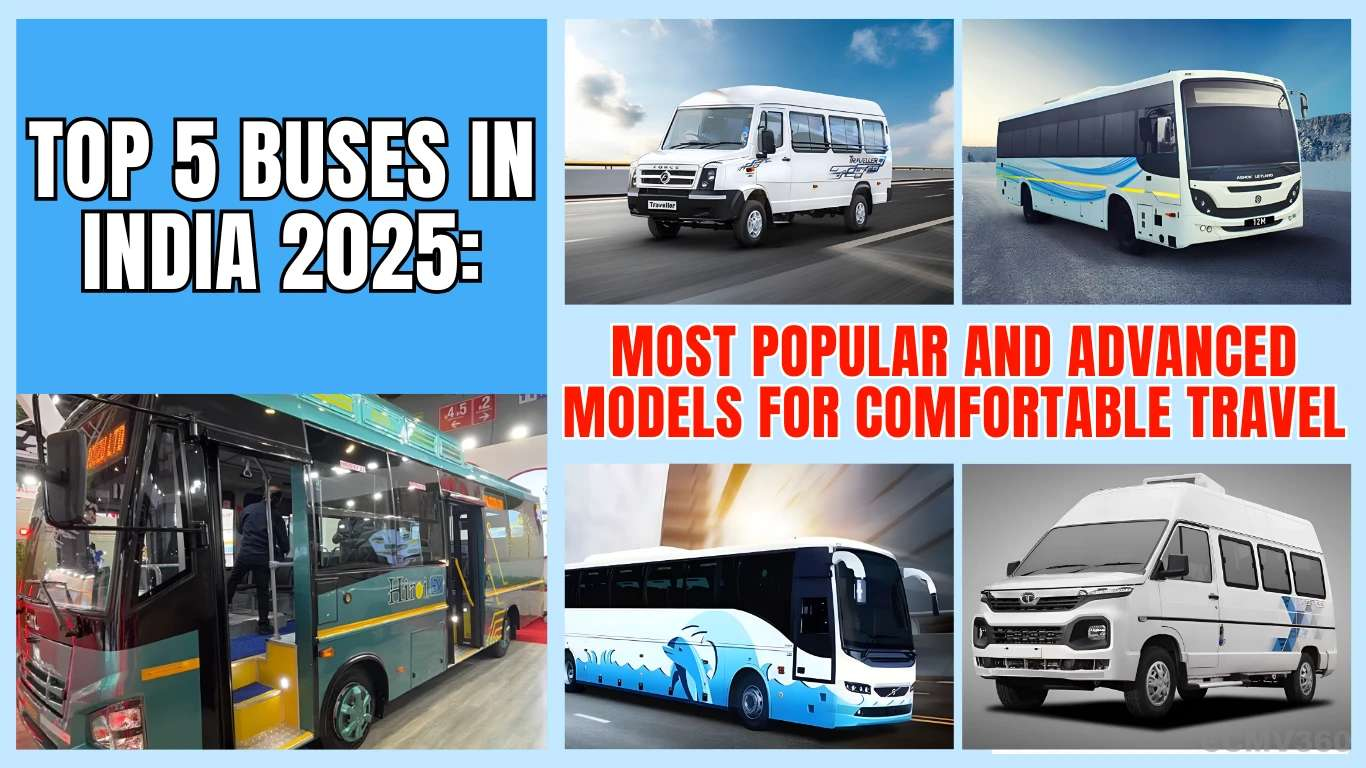
Top 5 Buses in India 2025: Most Popular and Advanced Models for Comfortable Travel
06-Nov-2025
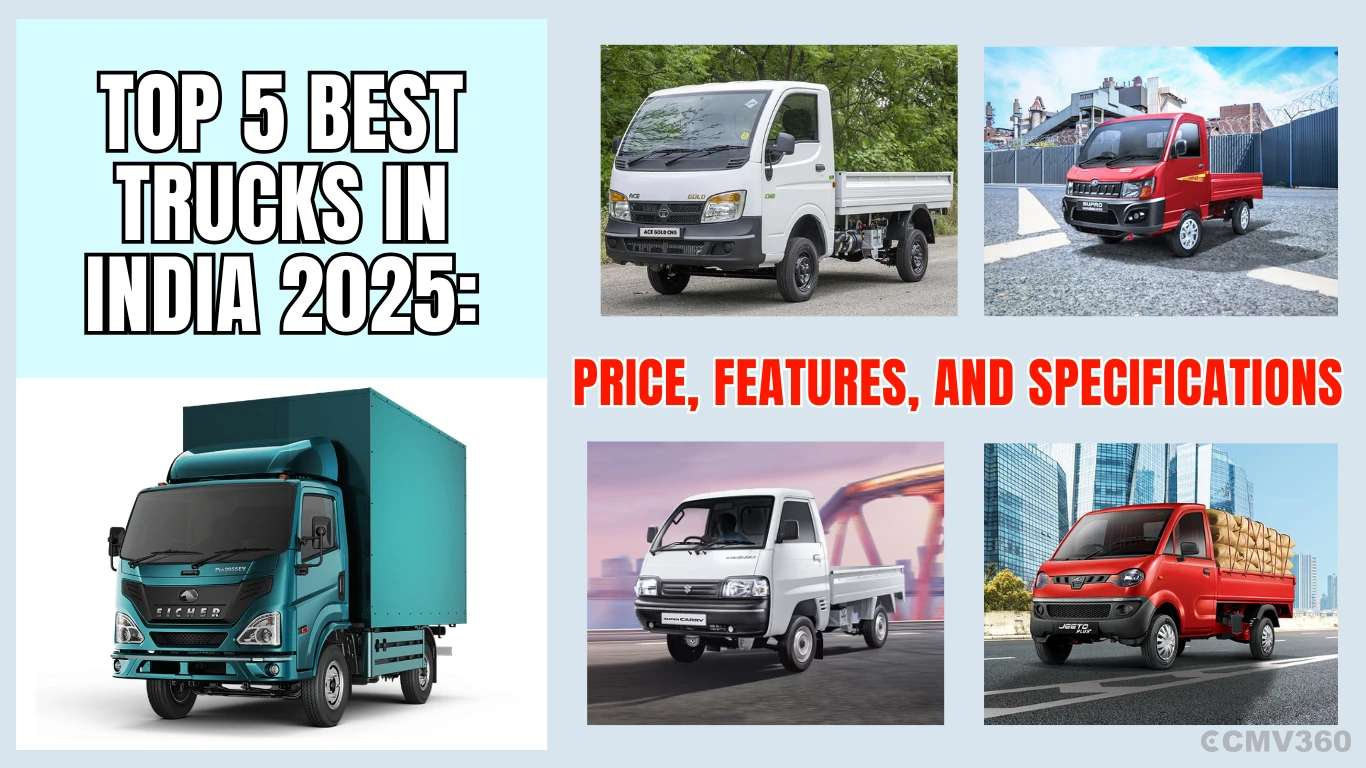
Top 5 Best Trucks in India 2025: Price, Features, and Specifications
31-Oct-2025
View All articles





